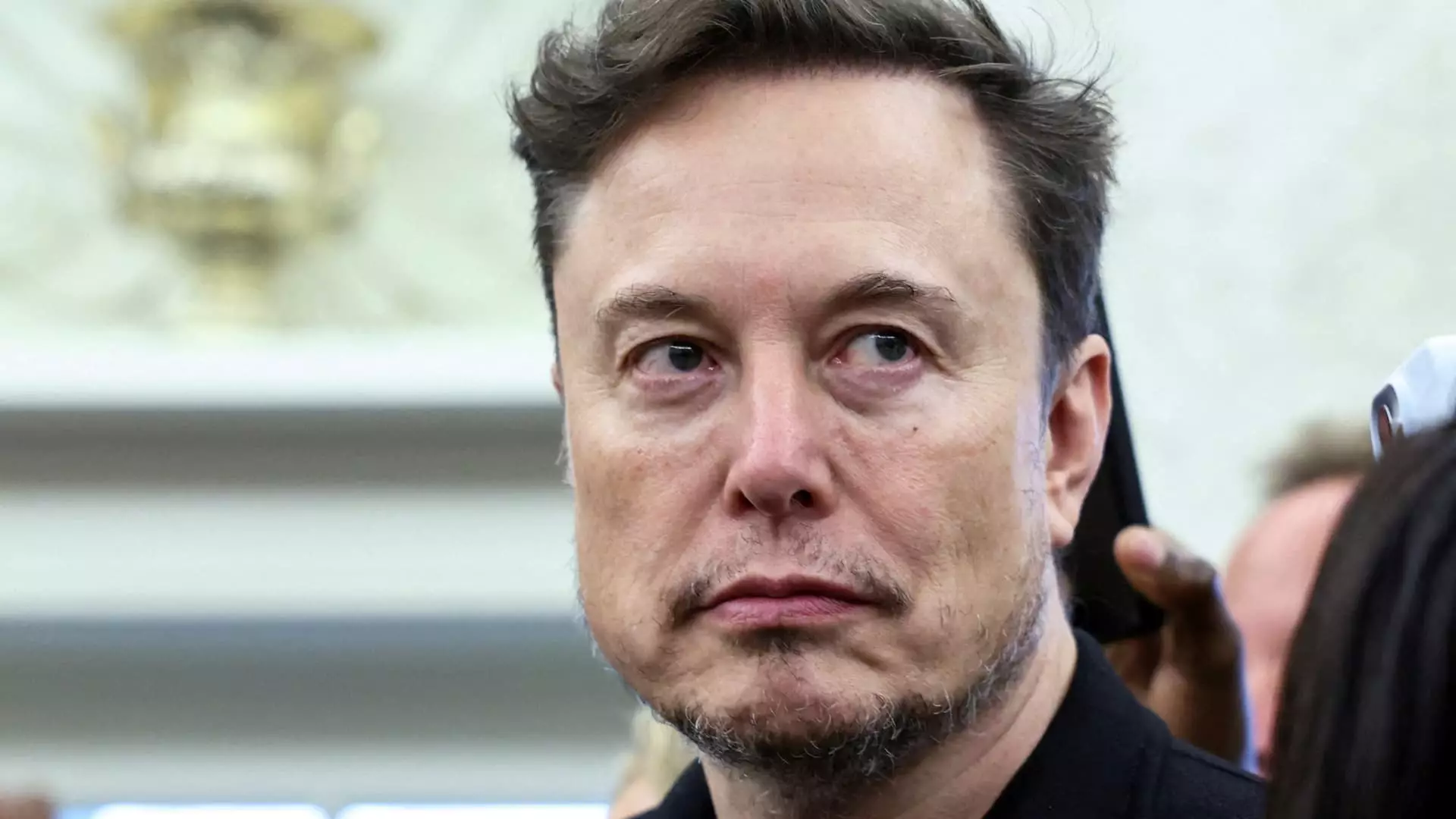This past Saturday, users of the social media platform X, owned by Elon Musk, faced a significant disruption, with about 25,000 individuals unable to access the site reliably. According to data provided by Downdetector, a widely-used analytics service that monitors outages across various platforms, a surge of complaints inundated the service at around 8:30 a.m. ET. Users experienced a flurry of connectivity spikes and declines, causing frustration as they navigated through intermittent issues until approximately 11 a.m., despite efforts to restore full functionality sooner. This incident marks the second significant outage just within a week, raising questions about the platform’s operational stability and strategic direction.
Musk’s Response: A Hint of Overreach
Elon Musk’s reactions to these outages are revealing and warrant scrutiny. He took to X to publicly announce the need for vital operational improvements, emphasizing that the failover redundancy mechanisms in place were ineffective. Musk’s declaration of needing to immerse himself in work—”back to spending 24/7 at work”—suggests a deeper unease about his leadership over X. It is curious that a company of such magnitude still faces recurrent problems that appear foundational rather than superficial. His sentiment indicates that he feels compelled to, metaphorically speaking, roll up his sleeves and dive into the gritty details. It raises a pertinent question: Is Musk’s hands-on approach a sign of proactive leadership, or does it suggest that he has lost sight of long-term strategies in a troubled environment?
Outage Frequencies: Symptoms of a Deeper Issue
This latest disruption is emblematic of a worrying trend since Musk’s acquisition of the platform in 2022. Multiple outages—including a notable incident in March attributed to a “massive cyberattack”—hint at systemic issues either within the technology or the management structure of the company. Continuous struggles with uptime should prompt users and analysts alike to consider the broader implications of technological resilience and corporate accountability. When a platform experiences ongoing outages, it poses risks not only to user trust but also to the financial viability of the service, which thrives on consistent engagement. It becomes essential for X, under Musk’s stewardship, to develop and implement robust contingency plans that can withstand the demands of millions of users interacting in real-time.
Perceptions of a Visionary Leader
Elon Musk is often seen as a visionary—a man dedicated to the advancement of technology with his ventures in Tesla and SpaceX. However, the recent track record at X calls into question whether his fervent enthusiasm for innovation can successfully translate into sustainable operational success. The dual pressures of running various high-stakes companies while pushing for transformative changes at X could be stretching his focus too thin. As users express their frustrations over outages, the effectiveness of Musk’s leadership style in this digital domain hangs in the balance. Public sentiment could quickly shift from admiration to skepticism if these operational hurdles persist.
In grappling with these outages, X faces the challenge of not only restoring trust among its user base but also demonstrating a capability for adaptive growth. In the fast-moving tech landscape, adaptability and reliability are paramount for platforms seeking to maintain relevance and user engagement.

